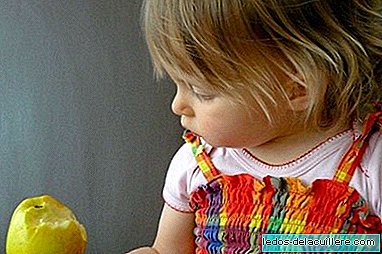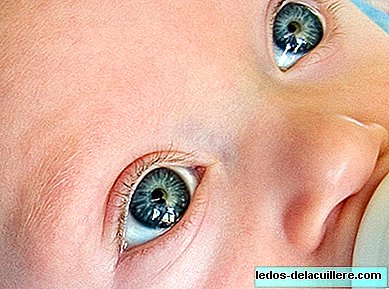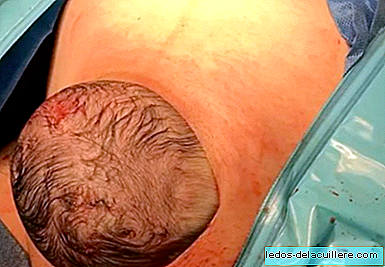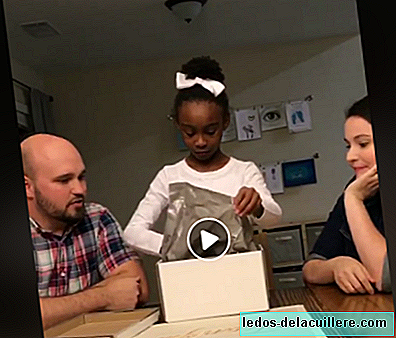
As you can imagine, we are not referring to fruits such as melon, orange or banana, but to those others whose skin is not indigestible or susceptible to choking us. There are many fruits that, according to our customs (or tastes), we can eat with or without skin. But, Is it better to eat fruits with skin or peeled?
The Spanish Agency for Food Safety and Nutrition (AESAN) points out that eating peeled or skinned fruits is not a matter of food safety, since in both cases by correctly handling the product they can be classified as safe and consumer-friendly practices.
Regarding the possible residues that are in the skin of the fruits, remember that it is a factor that is taken into account when conducting the risk assessment to the consumer, and there is a prior and mandatory practice to the use of pesticides in food , and in setting the corresponding Maximum Residue Limit.
The authorization for the use of a phytosanitary product requires the prior evaluation of the consequences that this entails for the health of consumers, taking into account the short and long-term effects of that intake, as well as vulnerable groups of the population, such as children, and always from a “worst possible case” approach, that is, the situation in which after the performance of supervised trials the greatest presence of residues in the fruit has been observed.
Those fruits whose skin is inedible are evaluated taking into account that the maximum theoretical amount of residues that could be ingested is reduced as the skin has been removed.
Only when this risk assessment has been carried out, can the use of an active substance (pesticide) be authorized, and under conditions of use that are strictly necessary to ensure phytosanitary protection without jeopardizing public health. Only fruits that meet this limit can be marketed.
However, precisely as the skin usually retains most of the residues of the chemical substances used, it is necessary that a proper washing is carried out. If the nutritional values, especially its high fiber content, choose to consume the skin of the fruit, it should always be washed.
The purpose of this washing is not only to eliminate pesticide residues, but also other dirt and dirt that can contribute to bacteria, viruses, parasites and contaminants such as lead. This is important in the case of pregnant women so as not to get toxoplasmosis.
Fruits and vegetables should be washed by placing them under a stream of water. If they are very dirty, disinfectants such as food bleach can be submerged or used.
For babies who start complementary feeding, it is advisable to peel it at the time of making the porridge, but from the year on they can already eat the fruits with skin, except perhaps because of their high risk of allergies, peach, nectarine and apricots, which Some pediatricians delay up to 18 months.
Despite all the above, remember that the Spanish Association of Pediatrics in its advice to reduce the toxic components of our body in regard to nutrition recommends, among many other points,
Wash and peel fruits and vegetables to eliminate possible pesticide residues. Whenever possible, consume food grown without fertilizers or pesticides.
In short, if consumed properly, fruits with skin do not pose a health risk. Apples, pears, grapes, plums ... it will depend on the taste of children who take fruits with skin or without skin. As personal advice I would tell you not to always take them in the same way, so they get used to eating the fruit with skin and peeled, for when it is necessary to vary (because they are constipated or have diarrhea, for example).












